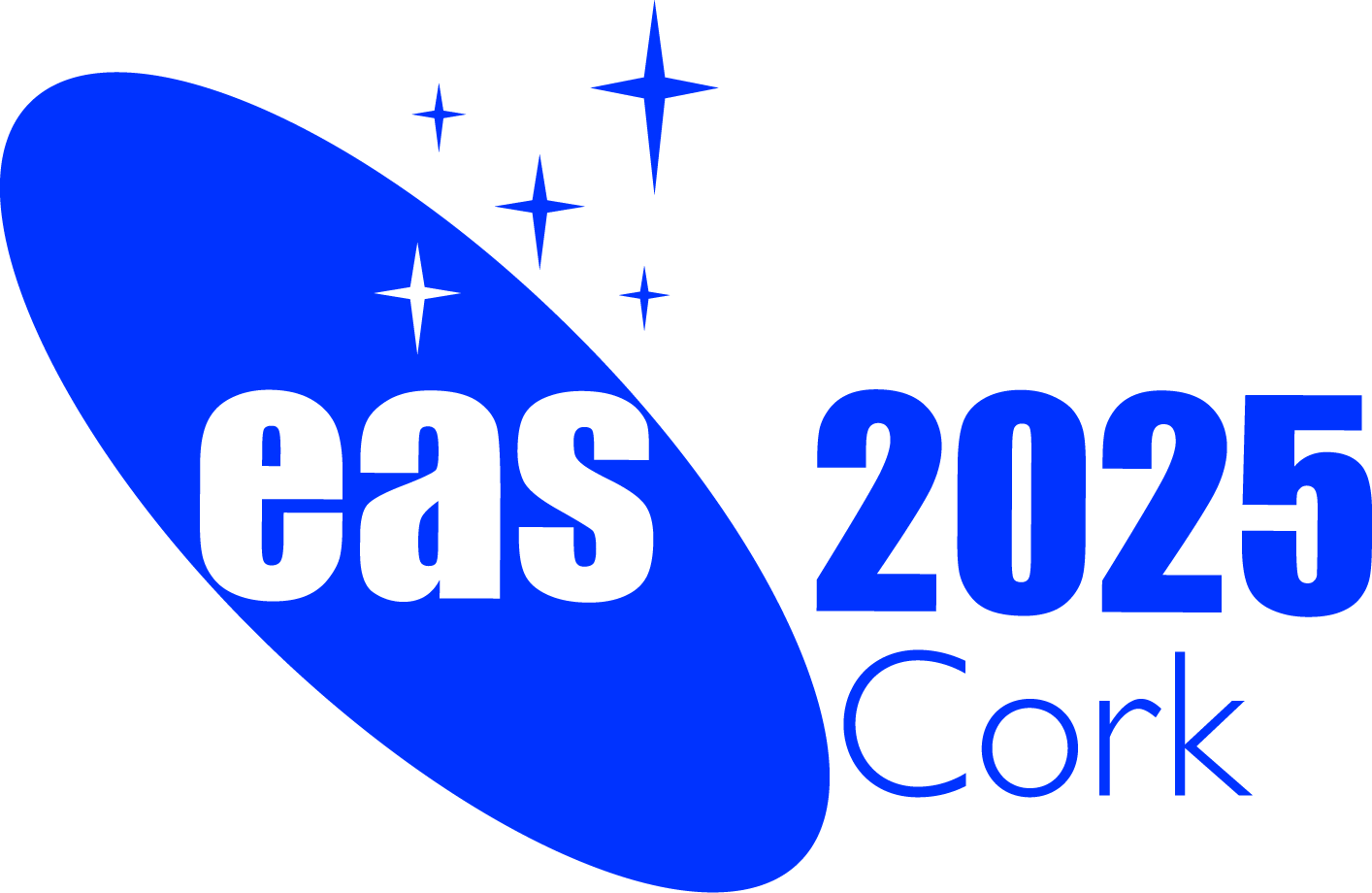 A power cut will shut down all EAS services on Tuesday, 10 January 2017 starting at 7:30 CET.
A power cut will shut down all EAS services on Tuesday, 10 January 2017 starting at 7:30 CET.
|
|
|
Special Session SS9
23 June 2025
Massive Stars and their Diverse Transients

News:
Accepting abstract submissions!
Aims and scope
We aim to bring together two communities: those studying massive stars and those investigating their associated core-collapse supernovae. These communities are strongly bound scientifically but rarely interact in person due to the scope of typical massive star and supernova conferences. The overarching goal is to inform each other of theory and observations that are at the intersection between the fields, guided by key questions such as:
- What do we know about pre-collapse mass loss from models and theory, and how does it impact supernova observables?
- What is the binary fraction of stars prior to core collapse, what are their companions, and does stellar multiplicity contribute to the diversity of supernovae?
- What do transient observations tell us about the multiplicity and mass loss of their progenitor stars?
- Which stars successfully explode as supernovae, and which implode to form black holes?
Programme
- Session 1: Supernovae and their progenitors: direct and indirect evidence (shared invited talk + 3 contributed, 90 minutes)
- Session 2: Mass-loss & CSM
(shared invited talk + 3 contributed, 90 minutes)
- Session 3: Multiplicity among massive stars & supernovae (shared invited talk + 3 contributed, 90 minutes)
Invited speakers
Confirmed invited speakers:
- Morgan Fraser University College Dublin, Ireland
- Avishay Gal-Yam Weizmann Institute, Israel
- Julia Bodensteiner University of Amsterdam, Netherlands
- Manos Zapartas National Observatory of Athens, Greece
- Andreas Sander Astronomisches Rechen-Institut, Heidelberg, Germany
- Dan Perley Liverpool John Moores University, Liverpool, UK
Scientific organisers
- Dr. Tomer Shenar, (Tel Aviv University, Israel)
- Prof. Iair Arcavi, (Tel Aviv University, Israel)
- Dr. Claudia Gutiérrez, (IEEC Institute of Space Studies of Catalonia, Spain)
- Dr. Emma Beasor, (Liverpool John Moores University, UK)
- Dr. Avishai Gilkis, (University of Cambridge, UK)
- Dr. Charlotte Angus, (Queen's University Belfast, UK)
- Prof. Jon Sundqvist, (KU Leuven, Belgium)
Contact
Tomer Shenar; tshenar @ tau.ac.il ;
Iair Arcavi; arcavi @ tauex.tau.ac.il
Updated on Thu Feb 27 22:33:33 CET 2025
|

 A power cut will shut down all EAS services on Tuesday, 10 January 2017 starting at 7:30 CET.
A power cut will shut down all EAS services on Tuesday, 10 January 2017 starting at 7:30 CET.

